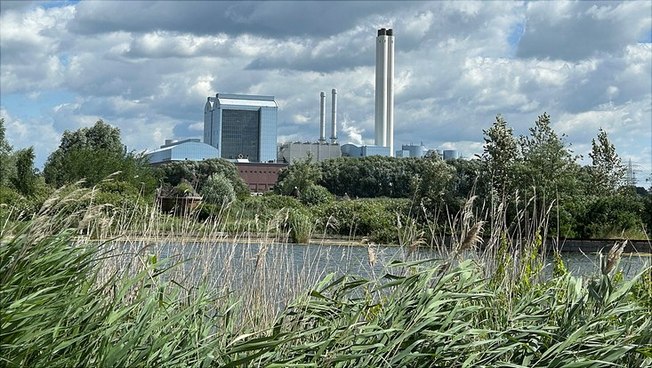What Does Net Zero Actually Mean?
26 October 2020, by Felix Schenuit

Photo: Unsplash/Pattenden
When it comes to climate policy, much has changed since 2015, a year in which a breakthrough was made at the UN Climate Change Conference in Paris. One of the new developments: the “net zero” goals, which state that after a specific point in time, e.g. 2050, countries won’t be permitted to release any greenhouse gases at all into the atmosphere. But how can this be implemented?
Scientific projections show how much warmer the Earth is likely to become – which largely depends on how quickly we human beings can reduce our greenhouse gas emissions. If the goal is to limit global warming to two degrees Celsius, or better still, to 1.5 degrees, these scenarios clearly show: no matter how rigorously we pursue climate protection, we will also have to actively remove carbon dioxide (CO2) from the air.
When it comes to politics, only recently has there been a heated debate on the topic. As a political scientist, I’m interested in which discussions on removing CO2 should be taking place, and why this isn’t happening. As such, at Universität Hamburg’s Cluster of Excellence for climate research, I’m investigating how climate policy in Germany and the EU is developing – and whether the corresponding political groundwork is being laid.

Examining EU climate policy: Felix Schenuit (Photo: private)
There are various ideas and potential methods for CO2 removal, ranging from classics like reforestation to technologies for removing carbon dioxide from the air. Yet many proposed measures are still in the earliest stages of development.
Now the European Commission has set the goal of reaching net zero emissions by 2050 through its “Green Deal.” But especially sectors like industry, agriculture and transport simply won’t be able to reduce their emissions to zero. Consequently, the Commission is simultaneously banking on CO2 removal to compensate for the remaining emissions. While other countries like England and Sweden have already formulated concrete plans, there’s been little news from Germany. Now a first research project has been announced for 2021.
Part of the reason why Germany’s politicians are so hesitant lies in the proposed methods themselves: many involve the sequestering of CO2 underground – a topic that is highly controversial in Germany. There is significantly more support for methods considered to be more “natural,” like reforestation or using carbon to enrich farm soil. But these options hold only limited potential, and there’s no guarantee that the carbon is permanently stored. As such, if politicians are serious about achieving net zero emissions, as many methods as possible now have to be intensively explored, tested and discussed.
At the same time, there is a risk of relying too heavily on future removal technologies and neglecting efforts to reduce CO2 emissions. Therefore, in a study conducted for the German Institute for International and Security Affairs (Stiftung Wissenschaft und Politik (SWP)), my colleague Oliver Geden and I advocated a dual approach to the climate goals: future climate policy could dictate e.g. that net zero emissions be reached by 2050 and by using at least 90 percent CO2 reduction and no more than 10 percent removal. This clear distinction could help ensure that net zero goals don’t become an excuse for not engaging in climate protection.
Felix Schenuit
Felix Schenuit is a political scientist at the Cluster of Excellence CLICCS and is currently investigating the European Union’s climate policy.
This article was first published as a guest article in the Hamburger Abendblatt as part of a monthly series on climate research. Find all articles of the series here.


